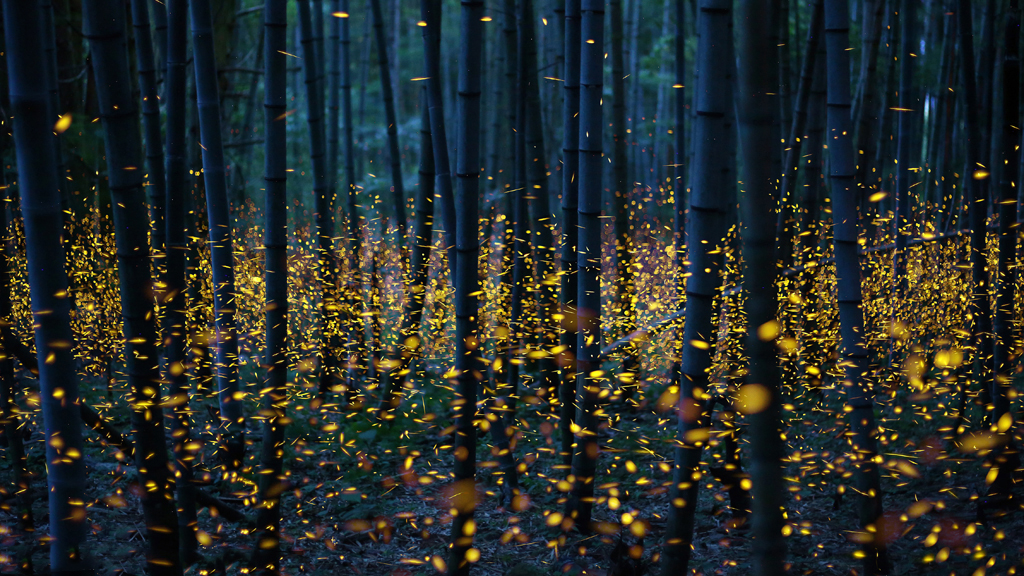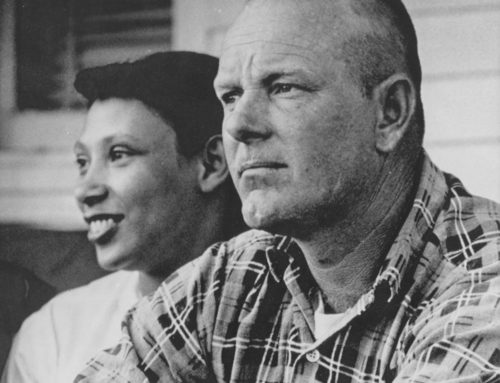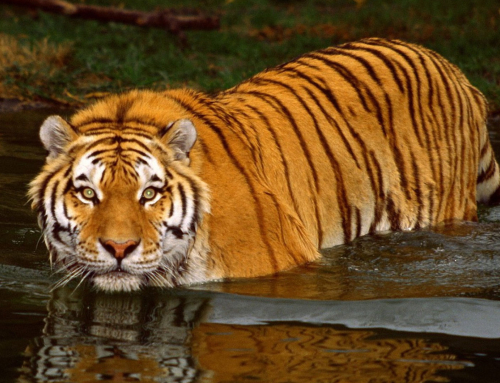It turns out that Wauwatosa means firefly. The Hochunck Indians who settled the land saw fit to name this place on the river for the almost magical insects that glow and fly in the thick, languid summer air. Recently I was driving toward the Sun Prairie home and a lightshow ensued. Thousands of fireflies lined the country highway as if elaborately programmed drones. As I drove they weaved and lit in an empyrean, golden-green dance.
When I was little, beyond the park-like back yard on Beach Drive lay a field, thick with bluebells in summer and milk weed in fall. It would at times ignite and when it did Stewart would find his young brothers, a couple of glass jars and some nets. Together we would go beyond the sliding glass doors from his wood-paneled bedroom and swoop fireflies from the air and place them in the jars to make lanterns. Because we lived away from and below the things of man, the darkness was like wet velvet in the yard making the natural lanterns glow furiously against a canvas of black and stars.
I became curious about how a firefly lights and went to our living room where all the furniture was wrapped in plastic. Wrapped in plastic to prevent life and child from wearing it. There we had a set of World Book Encyclopedias. They were leather bound, cream and green with gold embossed lettering. A set of about 30 of them was in a low console next to the Steinway baby grand piano. Every few years the World Book salesman would drive up the teardrop driveway, around the honeysuckle and offer a new, updated set. My mom was content with the one we had.
Fireflies produce a chemical reaction inside their bodies that allow them to light up. This type of light production is called bioluminescence. Several species do it. Even some plants do it – notably a particular type of sea algae. Fireflies are the best known example of bioluminescence though. When oxygen combines with calcium, adenosine triphosphate (ATP) and the chemical luciferin in the presence of luciferase, a bioluminescent enzyme, light is produced. Unlike a light bulb, which produces a lot of heat in addition to light, a firefly’s light is cold light, without energy being lost as heat. This is necessary because if a firefly’s light-producing organ got as hot as a light bulb, the firefly would not survive the experience.
So why do these things light up? While it’s still mostly a mystery several studies have been conducted. One advances that fireflies produce defensive steroids in their bodies that make them unpalatable to predators. Larvae use their glows as warning displays to communicate their distastefulness. Another says that as adults, many fireflies have flash patterns unique to their species and use them to identify other members of their species as well as to discriminate between members of the opposite sex. Several studies have shown that female fireflies choose mates depending upon specific male flash pattern characteristics. Higher male flash rates, as well as increased flash intensity, have been shown to be more attractive to females in two different firefly species.
I noticed something so rare that night on highway N. A smile that was irresistible. I felt it there – hard and fast. From within a great sense of contentment rose not for this event but rather the circumstances in which I drove through the dazzling display of light. For my heart has finally found contentment – seemingly without effort. I no longer care how a firefly lights or why – only that it does. For my heart has met another from which, like the mysterious magic of a firefly’s light, flows an empyrean glow that dances in the universe.






